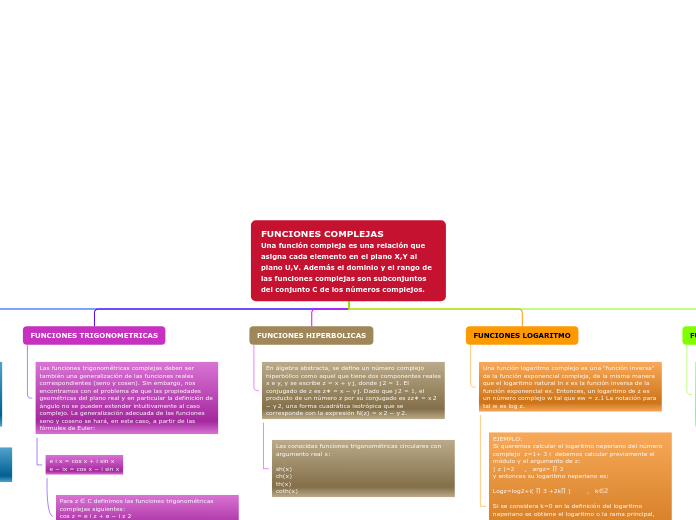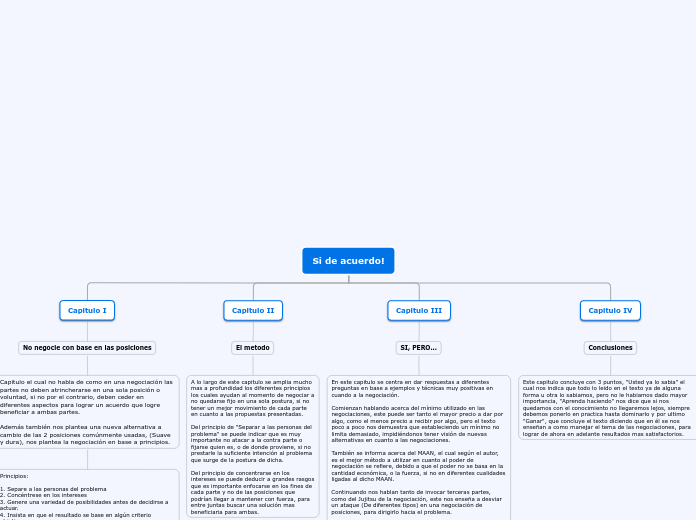por Nallert Olivar hace 7 años
393
LAS FUNCIONES

por Nallert Olivar hace 7 años
393

Ver más


por Natalia Bernal Mendoza


por CAMILO ANDRES CARVAJAL LOZADA


por Danna Lizeth Mora Sabogal


por Ignacio Urtiaga
cot^(-1) x= y ↔ tan y = x
cos^(-1) x= y ↔ cos y = x
sin^(-1) x =y ↔ sen y=x
x^2+y^2=1
Números reales
cot t = x/y (y≠0)
sec t =1/x (x≠0)
csc t = 1/y (y≠0)
tan t = y/x (x≠0)
cos t = x
sin t = y
Pitagóricas
1 + (cot^2 t)= ( csc^2 t )
(tan^2 t) + 1= (sec^2 t )
(sen^2 t) + (cos^2 t)= 1
Reciprocas
cot t =(cos t)/ (sen t)
tan t =(sen t)/(cos t)
cot t =1/ tan t
sec t = 1/ cos t
csc t = 1/ sen t
ln x = log_e (x)
f(x)= e^x
log_a x es el exponente al cual se le debe elevar la base a para obtener x
Propiedades
a^log_ax =x
log_a a^x=x
log_a a=1
log_a 1=0
si a >0, entonces f es f(h) = k
si a <0, entonces f es f(h) = k
f(x)=ax^2+bx+c a≠0